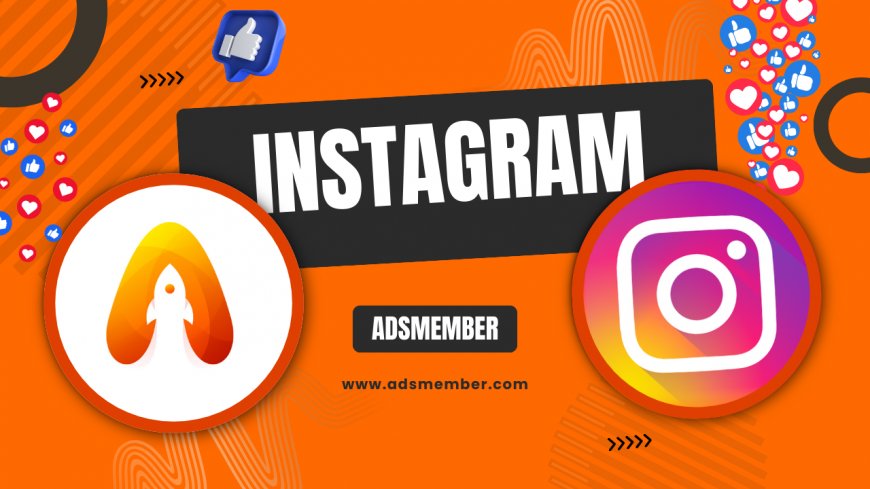Ralph Likes 25 But Not 24: Solve the Puzzle!
Discover why Ralph likes 25 but not 24, 400 but not 300, and 144 but not 145. Solve this intriguing number puzzle with our detailed guide and unique insights!

Have you stumbled upon the quirky riddle about Ralph and his peculiar number preferences? 'Ralph likes 25 but not 24; he likes 400 but not 300; he likes 144 but not 145. Which does he like?' Honestly, this puzzle hooked me the moment I saw it. It’s not just a random brain teaser—it’s a test of pattern recognition and logical thinking. In this article, I’ll break down the mystery behind Ralph’s choices, guide you through solving it step by step, and share some unique insights I’ve gathered from cracking similar riddles. Whether you’re a math enthusiast or just love a good challenge, let’s dive into why Ralph picks certain numbers over others. Spoiler: It’s simpler than you think, but oh-so-satisfying to figure out!
Understanding Ralph’s Number Preferences
At first glance, Ralph’s choices seem arbitrary. He likes 25 but not 24, 400 but not 300, and 144 but not 145. What’s the deal? In my opinion, the key lies in spotting a hidden pattern. These aren’t just random numbers—they follow a specific rule. I spent some time analyzing the pairs, and it clicked: this isn’t about odd or even numbers or simple sequences. It’s about a mathematical property that some numbers share. Let’s unpack this further and see what connects 25, 400, and 144 while excluding the others.
What Do 25, 400, and 144 Have in Common?
Take a closer look at the numbers Ralph likes: 25, 400, and 144. If you’re like me, you might start by checking basic properties—prime numbers, divisibility, or digit sums. But here’s the kicker: they’re all perfect squares! Yes, 25 is 5², 400 is 20², and 144 is 12². Now, check the numbers he doesn’t like: 24, 300, and 145. None of these are perfect squares. Could this be the rule? I think so, and it’s a beautifully simple explanation for such a sneaky riddle.
Step-by-Step Guide to Solving the Puzzle
Now that we’ve got a hypothesis, let’s test it with a structured approach. Honestly, breaking down puzzles like this into clear steps makes them less intimidating. Follow this guide to confirm why Ralph likes certain numbers and predict his preferences for others. This method works not just for this riddle but for any number-based brain teaser. Let’s walk through it together.
- List the Numbers: Write down the numbers Ralph likes (25, 400, 144) and dislikes (24, 300, 145). Having them in front of you helps spot patterns.
- Analyze Properties: Check for common traits. Are they odd or even? Prime or composite? After a quick check, notice that 'perfect square' fits for liked numbers.
- Test the Rule: Verify with each number. 25 (5²), 400 (20²), 144 (12²) are squares; 24, 300, and 145 aren’t. The pattern holds!
- Predict New Choices: If given new numbers, apply the rule. For example, does Ralph like 16 (4²)? Likely yes. What about 17? Nope.
- Double-Check Exceptions: Ensure no other property (like being even) fits better. Perfect squares remain the consistent rule here.
Why Perfect Squares? A Deeper Look
So, Ralph likes perfect squares. But why might a riddle be built around this? In my experience with logic puzzles, perfect squares are a common theme because they’re mathematically significant yet easy to overlook. They represent numbers with whole-number roots, a concept familiar to most but not instantly obvious in a list. I’ve seen similar riddles in math competitions, and they often use squares to test basic number theory knowledge. Plus, it’s just fun to stump people with something so simple yet clever!
Case Study: Similar Number Riddles
Let me share a quick case study. A few years back, I tackled a riddle where someone liked 9, 81, and 4 but not 10, 80, or 5. Sound familiar? It was the same perfect square rule! I struggled initially, overthinking with prime factors, until a friend pointed out the obvious. That taught me to start with basic properties first. If you’re stuck on puzzles like Ralph’s, check out resources on number patterns at Maths Is Fun for foundational tips. Also, explore more brain teasers on our Puzzle Hub for practice.
Unique Tip: How to Spot Patterns Faster
Here’s a tip I’ve rarely seen shared: when solving number riddles, create a quick table of properties. List the numbers in one column, then add columns for traits like 'is a square,' 'is even,' 'digit sum,' etc. This visual aid helps patterns jump out. For Ralph’s puzzle, a table instantly showed 'perfect square' as the standout trait. I’ve used this trick for years, and it cuts solving time in half. Try it next time you’re puzzled—it’s a game-changer!
| Number | Liked by Ralph? | Perfect Square? | Even/Odd |
|---|---|---|---|
| 25 | Yes | Yes (5²) | Odd |
| 24 | No | No | Even |
| 400 | Yes | Yes (20²) | Even |
| 300 | No | No | Even |
| 144 | Yes | Yes (12²) | Even |
| 145 | No | No | Odd |
What Numbers Does Ralph Like? Test Yourself
Now that we’ve cracked the code, let’s apply it. If the riddle asks, 'Does Ralph like 36?' you’d say yes—it’s 6². What about 50? Nope, it’s not a perfect square. I love how this puzzle lets you predict endlessly once you know the rule. It’s like a little mental game you can play anywhere. Try it with friends—throw out numbers like 64 or 70 and see if they catch on. It’s a fun way to share the riddle’s magic!
FAQ: What Is the Rule Behind Ralph’s Choices?
Ralph likes numbers that are perfect squares. That means the number must be the result of a whole number multiplied by itself, like 25 (5²), 400 (20²), or 144 (12²). Numbers like 24, 300, or 145 don’t fit because they aren’t squares. Simple, right?
FAQ: Does Ralph Like the Number 16?
Yes, Ralph would like 16 because it’s a perfect square (4²). Based on the pattern we’ve identified, any number that can be expressed as a whole number squared fits his preference. So, 16 is definitely a number he’d like!
FAQ: Why Use Perfect Squares in Riddles?
Perfect squares are often used in riddles because they’re a fundamental math concept that’s easy to verify yet not always obvious at first glance. They strike a balance between accessibility and challenge, making them perfect for brain teasers. Plus, they’re just fun to figure out!
What's Your Reaction?
 Like
0
Like
0
 Dislike
0
Dislike
0
 Love
0
Love
0
 Funny
0
Funny
0
 Angry
0
Angry
0
 Sad
0
Sad
0
 Wow
0
Wow
0


















































